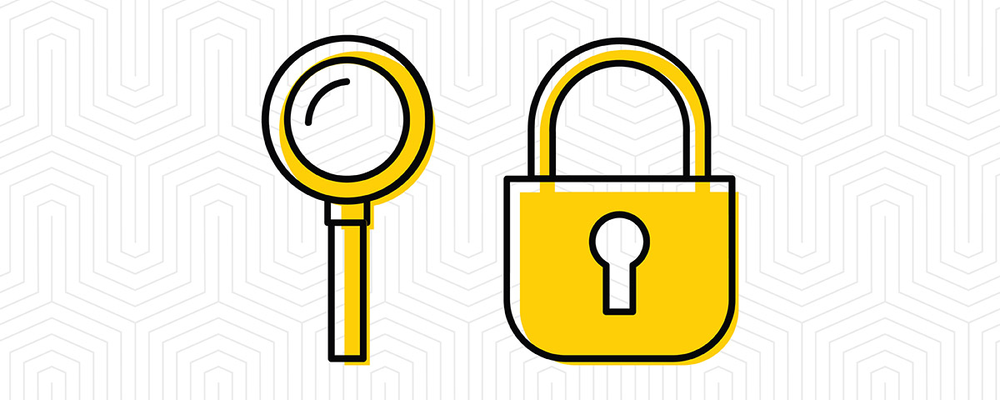
The UI has technical tools to block the vast majority of spam from your inbox, but occasionally deceptive and dangerous emails do slip through. That’s why it’s essential to recognize email phishing scams and take proactive steps to protect yourself.
Tuesday, April 12, 2022 - 11:36am
The University of Iowa email system receives more than 2.5 million messages per day, but about 69 percent never reach inboxes. Screening systems flag them as spam or scams—they’re discarded before they can do harm.
But some deceptive and dangerous emails slip through. That’s why it’s essential to recognize email phishing scams and take proactive steps to protect yourself.
Here’s what you can do:
- Delete requests for sensitive info. Phishing emails try to trick you into giving up passwords or account numbers, often by pointing to phony websites.
- Don’t click suspicious links. Hover over links to see the addresses they point to.
- Use multi-factor authentication for university and personal logins. Learn more at its.uiowa.edu/two-step.
- Know the signs of phishing. Find information and examples at its.uiowa.edu/phishing.
If an email feels like phishing, it probably is. Trust your instincts.
If you think you might be a victim of a phishing scam, contact the Information Technology Services (ITS) Help Desk at its-helpdesk@uiowa.edu or 319-384-4357 or the Health Care Information Systems (HCIS) Help Desk at helpdesk-hcis@uiowa.edu or 319-356-0001.